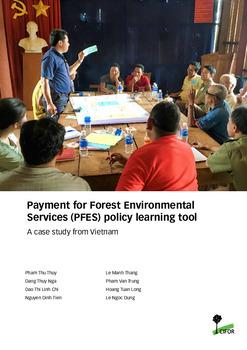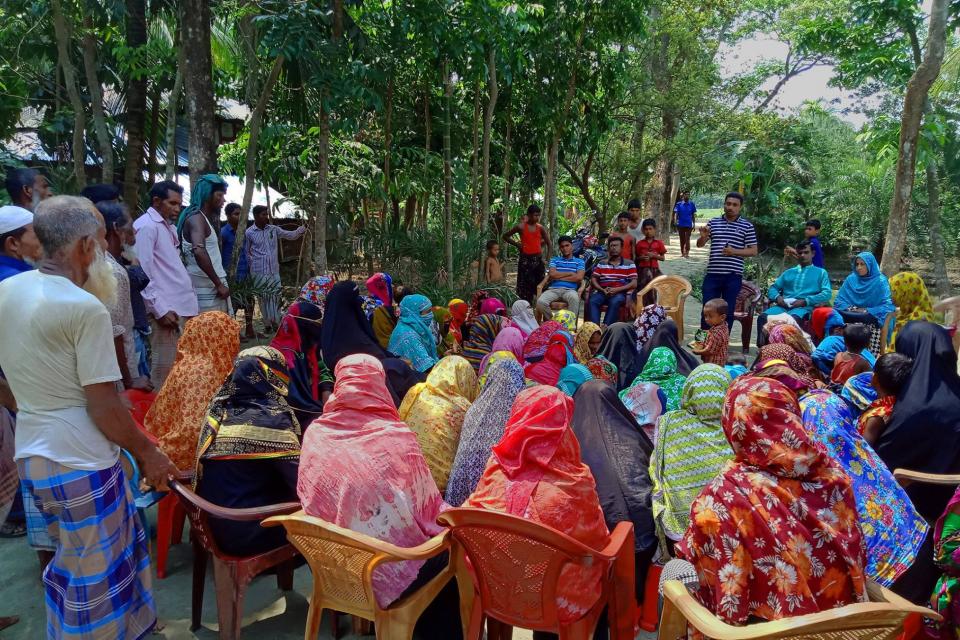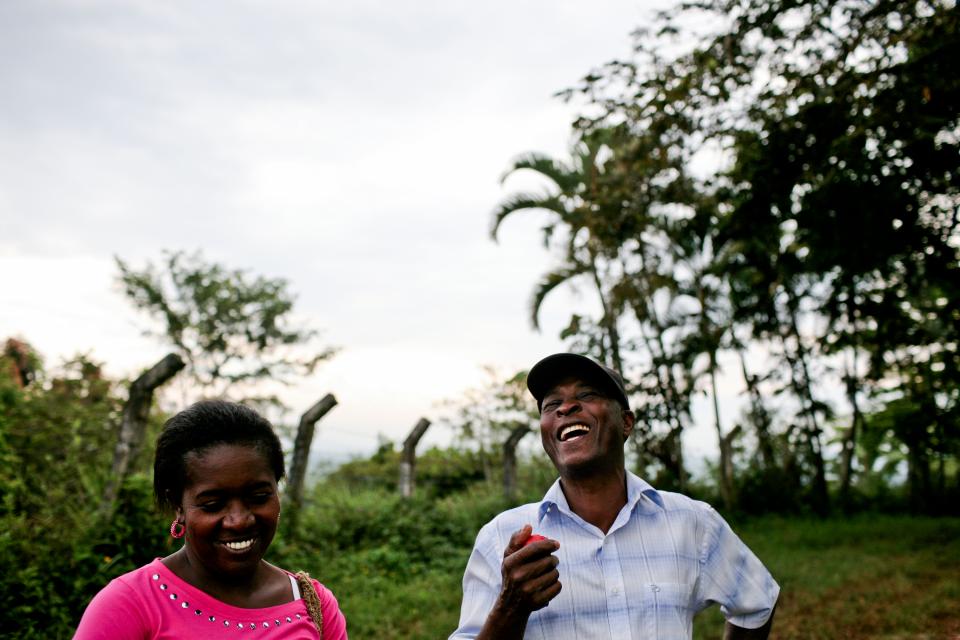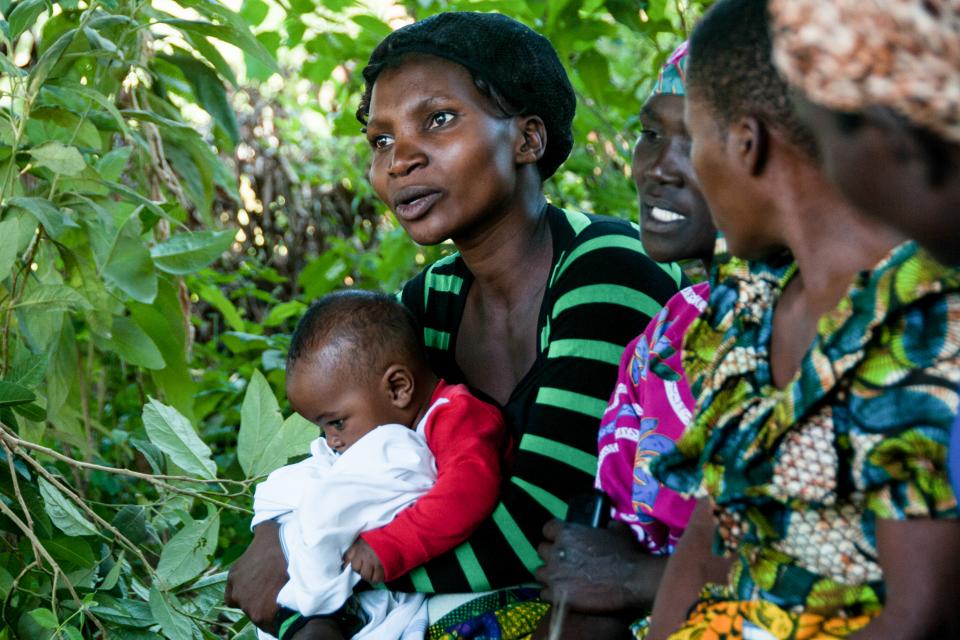Payment for forest environmental services (PFES) policy learning tool: A case study from Vietnam
 Photo: Neil Palmer/CIAT
Photo: Neil Palmer/CIAT
This is a policy learning tool for monitoring and evaluation of the progress and impact of payment for forest environmental services (PFES).
Why is the tool important?
What are the impacts of PFES on women and men? What are opportunities and challenges for women and men in participating in PFES? Oftentimes, these questions go unanswered.
This tool is not only designed to help users understand the impact, opportunities and challenges of PFES, but also for users to understand and identify areas for PFES improvement.
Who is the tool for?
The tool is for policy makers, monitoring and evaluation (M&E) experts and government officers, but it can also be adapted by analysts, program sponsors and managers, practitioners in research and research-funding organizations, and professional evaluators.
Country of focus: Vietnam
How can I use the tool?
Using the tool involves four important steps: objectives, criteria & indicators, methods and institutional setting.
The first step is to clearly define the objectives of the M&E system. The intended objectives of the M&E system will determine what criteria and indicators (i.e., institutional setting, environment, economy or/and social) are needed to address these objectives and what methods should be used to collect data in order to provide stakeholders with analysis and information on these criteria and indicators. The final step is to determine the institutional setting and organizational arrangements, including ‘who, what, when, where and how’ to institutionalize these systems and activities.
Key principles that guided the development of this PFES policy learning tool include keeping it simple, adaptable to the local context, low-cost and realistic. It is also intended to help prioritize monitoring and evaluation of environmental services that generate significant revenue, and it is intended to be participatory and rigorous.
When and how was it developed?
The Center for International Forestry Research (CIFOR) designed, tested and finalized this tool during 2016–2018, based on a collaboration between 5 Vietnamese policy makers, 15 Vietnamese government officers, 3 policy and M&E experts from Winrock International, and 4 senior scientists from CIFOR. The tool also benefits from rich inputs, experiences and comments from 450 people from the private sector, civil society organizations, non-governmental organizations, media, Indigenous representatives and academia, all of whom participated in interviews, consultation workshops, policy dialogues and policy forums in Vietnam.
Where can I get the tool? Who can I contact?
Access or download (1 MB) the tool.
Publications

Gender in rural institutions and governance: A review of existing tools. CGIAR GENDER Platform working paper 002.

Payment for Forest Environmental Services (PFES) policy learning tool: A case study from Vietnam
Pham TT, Dang TN, Nguyen DT, Le MT, Pham VT, Hoang TL, and Le ND. 2019. Payment for Forest Environmental Services (PFES) policy learning tool: A case study from Vietnam. Bogor, Indonesia: CIFOR.


